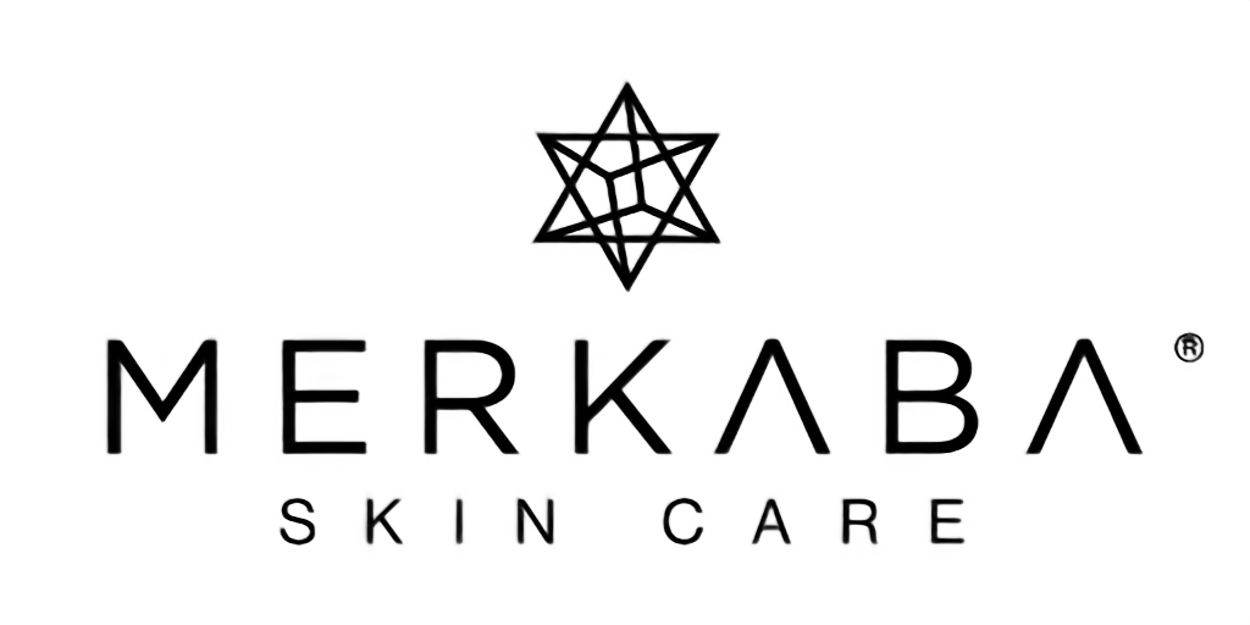
Why we don't use palm oil in our skincare
The palm oil industry and its devastating consequences
The production of palm oil is one of the most catastrophic issues facing the planet today as the tropical rainforests of South East Asia experience an unsustainable expansion of the industry due to ever increasing demands. As a result, vast areas of these rainforests, predominantly in Malaysia and Indonesia, have been cleared to create room for more plantations. This deforestation is leading to the destruction of the natural habitats of wildlife such as the orangutan, elephant and Sumatran tiger, placing these already endangered species at risk of extinction.
Furthermore, this eradication is also causing excessive greenhouse gas emissions, communities are often impacted by the pollution of their air and contamination of their water supplies and there remains some exploitation of workers and childhood labour.

Palm oil in skincare
Palm oil is the most widely used vegetable oil on our planet and has found its way into an astounding number of household products including cleaning products, skincare, haircare, makeup and food due to its versatile properties and cheap production costs.
Over 200 ingredients used globally in skincare and haircare products are derived from palm oil. It's odourless and colourless, prevents lotions from separating and assists with the foaming actions found in shampoos, soaps and toothpaste. It is also resistant to oxidation, extending the shelf life of products, another reason why it is found in approximately 70% of the world's skincare and cosmetic products.
Emulsifiers and surfactants are two of the largest offending ingredients and without them it would be impossible to create the majority of personal care products on the market. Almost all of these ingredients are derived from palm oil. Emulsifiers are required to mix water with oil, therefore hidden palm oil is found in almost all skincare products that contain water.
Recognising palm oil in your skincare
There are many companies that claim to be palm oil free but are often using ingredients that are, in fact derived from palm oil and they are often unaware of this.
It can be difficult to recognise the various names for palm oil and its derivatives, making it almost impossible for companies and their consumers to be aware of its presence. Once a derivative is used to produce an emulsifier or a surfactant, those ingredients are given a different name, without a reference to palm oil at all. Therefore we've listed some of these alternative names so you can check your products to ensure they are palm oil free.
- If it contains the word ‘palm,' such as palm fruit oil, palmate, palm kernel glyceryl, stearate, palmitic acid, Palm stearine, palmitoyl oxostearamide, palmitoyl tetrapeptide-3
- Popular surfactants including sodium Laureth and lauryl sulfate and lauryl lactylate/sulfate are derivates of palm.
- The following are all palm oil derived emulsifiers that are often used in organic skincare: Cetearyl olivate, sorbitan olivate, sorbitan stearate, Cetearyl glucoside, glyceryl stearate, and glyceryl oleate.
These are the more commonly used names. You can see the full list here
Our ethics and transparency

The majority of skincare products on the market that contain water will also contain palm oil, as successfully formulating without this ingredient is extremely challenging, costly and time consuming. Our facial hydrating mist posed this dilemma due to it's water content, but after much troubleshooting, we were able to achieve our desired outcome without the use of palm oil.
At Merkaba skincare our choices are based on ethics and we choose only sustainable ingredients that respect and honour our earth. It's equally important that consumers understand product labelling and the many alternative terms that palm oil is disguised under. This way we can empower ourselves to make informed decisions and support sustainable businesses.






